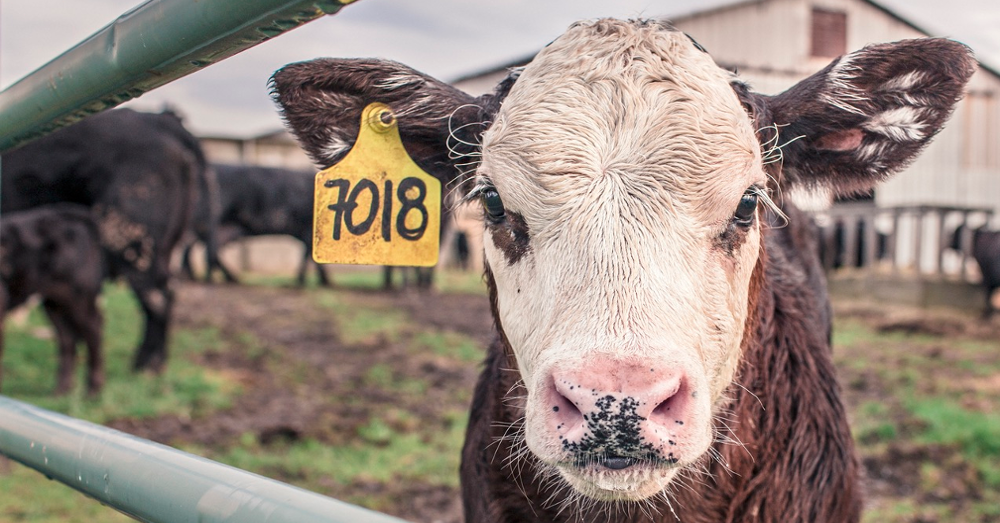
Don’t Worry About New Alabama Mad Cow, Says CDC, but Facts Suggest Otherwise
There is a reason government officials are quick to defend the safety of the U.S. beef supply. Within hours of the first mad cow discovered in the U.S. in 2003, China, Mexico, Russia, Brazil, South Africa, Hong Kong, Japan, Singapore, Taiwan, Malaysia, South Korea and 90 other countries banned U.S. beef.
July 25, 2017 | Source: Alternet | by Martha Rosenberg
Government agencies protect big agriculture at the expense of our health.
Don’t worry, eat your hamburger. That’s what the CDC is saying as another “mad cow” was found in Alabama in July. The cow suffered from an “atypical” version of Mad Cow (BSE), says the CDC, which occurs spontaneously and cannot harm humans. Sounds good until you read that the atypical assertion is merely a CDC “theory” and the agency admits “transmission through feed or the environment cannot be ruled out.”
There is a reason government officials are quick to defend the safety of the U.S. beef supply. Within hours of the first mad cow discovered in the U.S. in 2003, China, Mexico, Russia, Brazil, South Africa, Hong Kong, Japan, Singapore, Taiwan, Malaysia, South Korea and 90 other countries banned U.S. beef. Ninety-eight percent of the $3 billion overseas beef market vanished. It has taken 14 years for the U.S. to re-establish its beef exports and other beef-exporting countries have had similar woes. If an atypical version of BSE that threatened no one didn’t exist, governments might want to invent one. In fact, the research behind the atypical theory is primarily floated by government ag departments.
In addition to losing exports, before atypical BSE was described, beef producers were forced to quarantine their ranches, search for tainted food sources and detain herdmates and offspring in a BSE outbreak. They lost huge amounts of money. The debut of atypical BSE means they can just say “these things happen,” and keep doing business.
